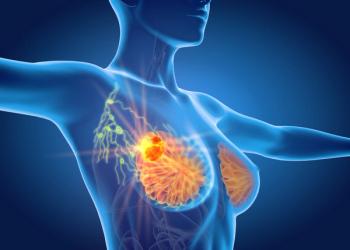
Oncology NEWS International
- Oncology NEWS International Vol 7 No 8
- Volume 7
- Issue 8
FDA Approves ImageChecker Computer System
ROCKVILLE, Md--The FDA has approved a new computer system, the M1000 ImageChecker, made by R2 Technology, Inc., Los Altos, California, to aid radiologists in reviewing mammograms. Studies show that use of the device improved the radiologists’ detection rate from approximately 80 out of 100 cancers to almost 88 out of 100.
ROCKVILLE, Md--The FDA has approved a new computer system, the M1000 ImageChecker, made by R2 Technology, Inc., Los Altos, California, to aid radiologists in reviewing mammograms. Studies show that use of the device improved the radiologists detection rate from approximately 80 out of 100 cancers to almost 88 out of 100.
ImageChecker uses a laser beam to convert the mammographic image into a digital signal. The signal is processed in a high-speed computer to identify suspicious areas, which are then highlighted with markers on a video display of the mammographic image. The radiologist, who has already reviewed the mammo-gram in the conventional manner, then looks at the suspicious areas highlighted by ImageChecker and reviews those same areas on the original mammogram to see if any escaped notice, and, if so, whether they require further evaluation.
FDAs approval of ImageChecker was based on data from clinical studies and the recommendation of the Radiological Devices Panel of FDAs Medical Devices Advisory Committee.
Articles in this issue
over 27 years ago
Taxol, Gemzar, Other Therapies Studied in Metastatic Bladder Cancerover 27 years ago
Medicare+Choice Opens Certificationover 27 years ago
Consumer Advocates Win a Voice in NCI Programsover 27 years ago
Paclitaxel Shows Antiangiogenesis Effects in Mouse Modelover 27 years ago
Henney Nominated for FDA Commissionerover 27 years ago
Pittsburgh Seeks Breast Cancer Patients for Study on Copingover 27 years ago
Octreotide Imaging Improves Staging of Hodgkin’s Diseaseover 27 years ago
Tobacco Contributions Are Linked to Votes Against Tobacco Billover 27 years ago
Long-Term Treatment Issues Surface at AIDS MeetingNewsletter
Stay up to date on recent advances in the multidisciplinary approach to cancer.
















































































